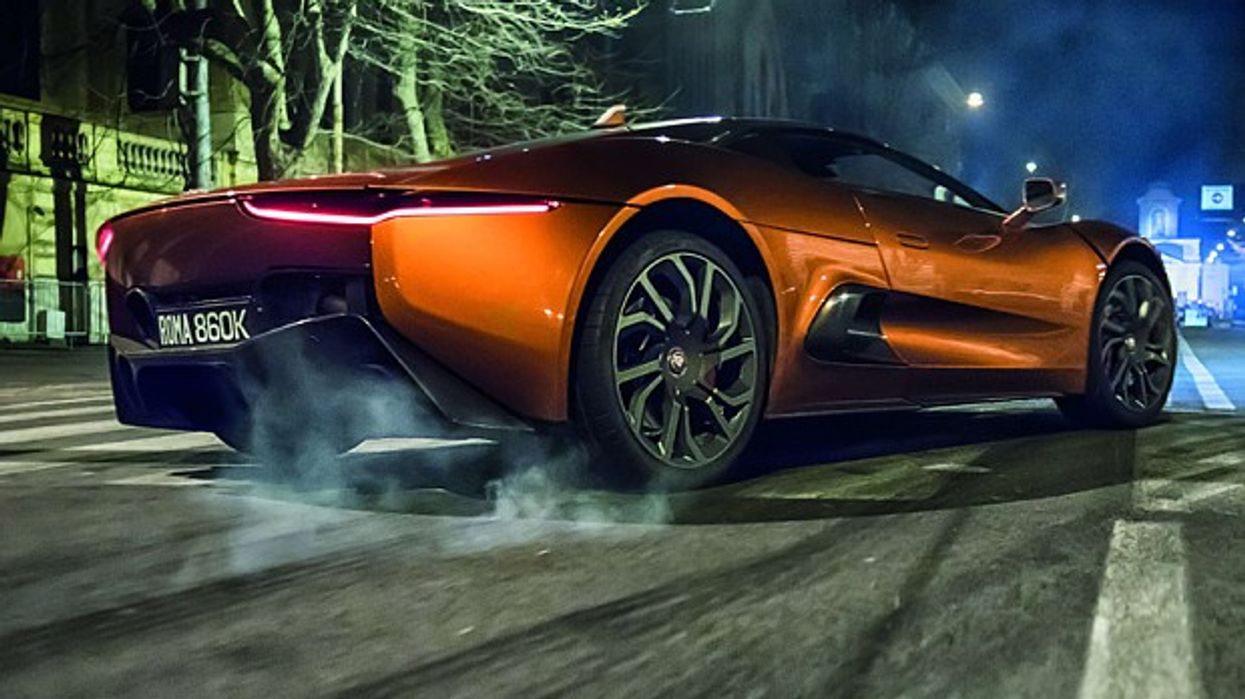Watch: How to Film a Killer Low-Budget Car Chase
How can an indie production pull off a great-looking chase sequence?

The birth of the modern car chase is usually dated to 1968's Bullitt, starring Steve McQueen.
Today, even though a car chase looks exciting and dangerous on screen, the production is actually the opposite.
In the below video, Ryan Connolly explains some of the key techniques he used when shooting a chase sequence for a low-budget production.
Because of the economical nature of indie filmmaking, the production had to limit the number of cars and drivers to just one stunt car and driver (Zandara Kennedy) and their grip van.
They cheated with editing, camera angles, and movement.
Furthermore, the road they had to shoot on was considerably shorter than desired. In order to get around this, they shot the same terrain over and over (doing small segments, then resetting, and shooting again). They cheated with editing, camera angles, and movement to make the chase look like it was taking place on a much longer stretch of road.
For safety reasons, the cars couldn't drive at high speeds. Though they were only moving at 25-30 miles per hour, in the finished movie, it looks as if the vehicles are moving three times as fast. But in order to achieve this, a tremendous amount of work went into producing the following footage, which ended up running only one minute and 43 seconds.
Check out the final results:
And here's a list of 10 of the greatest car chases in movie history, at least according to Mojo magazine. Check it out, let us know if you agree or disagree, and add some of your favorite chase scenes.
Source: Making a Car Chase











